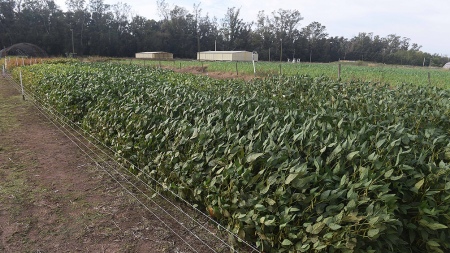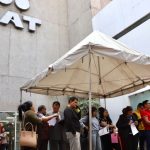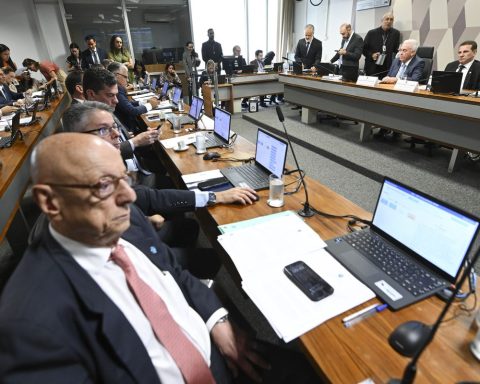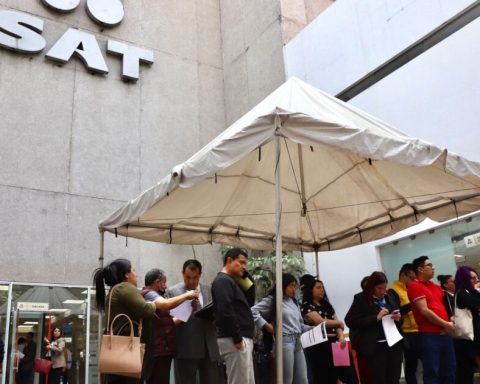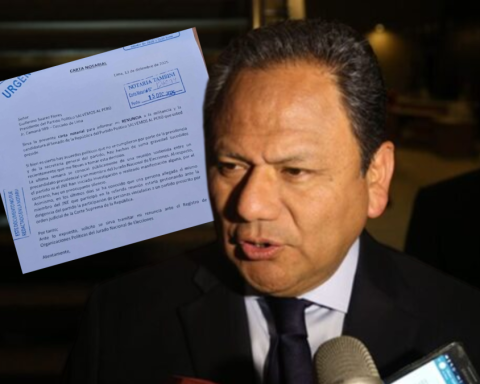The rains were not present during the last week in the core agricultural zone, and the soybean situation worsened even more with cuts in the production estimate of 45% compared to the harvest volume that was expected to be had at the beginning of the campaign.
The core zone, which includes the north of Buenos Aires and south-central Santa Fe and Córdoba and stands as the main productive area of coarse grains in the country, it is one of the regions of the country hardest hit by droughtwith absence of important rains since April last yearwhen the lack of precipitation began to become more marked.
So much so that the Rosario Stock Exchange (BCR) decided to cut production estimates for the area by 45% compared to the first forecasts for the campaign, a loss equivalent to 9 million tons.
Now the entity expects a harvest of 10.7 million tons, when three months ago expectations located the threshing floor at 19.7 million tons.
“No one can explain how this has happened in three months of cultivation. Although it was known that it would be a very difficult campaign due to the drought, what is seen has surpassed the worst nightmares of the producers,” indicated the report prepared by the BCR.
As explained by the stock exchange entity, “this drop is due above all to the sharp drop in potential yields due to the low growth shown by the cultivation in the core zone,” which exceeded the expected 40 quintals per hectare (qq/ha). at only 23 qq/ha.
To this is added “a drop in the planted area of almost half a million hectares due to the extreme lack of water that prevented compliance with the intentional planting schemes”, so that the soybean area became 4.7 million hectares. .
The economic impact
Of course, this marked decline in production projections impacted the harvest forecasts at the national level.
That is why the BCR reduced the bean production estimate by 25% during the week compared to last month’s forecast to 37 million tons due to the drought, for which a 13% lower harvest is expected than the previous one of the 2021/22 campaign.
“12 million tons of the oilseed are already considered lost and an estimated 37 million tons will be the third worst Argentine crop in the last 15 years,” the stock exchange said.
The lack of rain was the key factor for the drop in the production estimate for this campaign, which will be 5.2 million tons below what was obtained last cycle, when threshing totaled 42.2 million tons.
In addition, the area planted with the cereal will also decrease, since a month ago 17.1 million hectares were expected to be implanted, but only 16 million were able to be implanted.
For its part, the Grain Exchange of Buenos Aires (BCBA) also made an adjustment of 500,000 hectares in soybean planting, so that the area was 16.2 million hectares.
“This surface adjustment, together with the current scenario, where 56.1% of the implanted area reports a crop condition between fair and bad, while more than 6 out of every 10 hectares reports a regular/drought water condition, locates the new estimate of production in 41 million tons”, explained the entity, for which a production decrease of 2.3 million tons is expected compared to the previous campaign.
This situation will have its correlate in the economic impact what is expected According to the entity’s estimates, with this estimated volume of production, the Gross Agricultural Product (PBA) of soybeans, that is, its contribution to the economy, would fall 17% compared to that registered during the 2021/22 campaign, which would imply a decrease of US$ 3,948 million, while on the export side, the decrease would be 13% and there would be a decrease in income of US$ 3,248 million.
